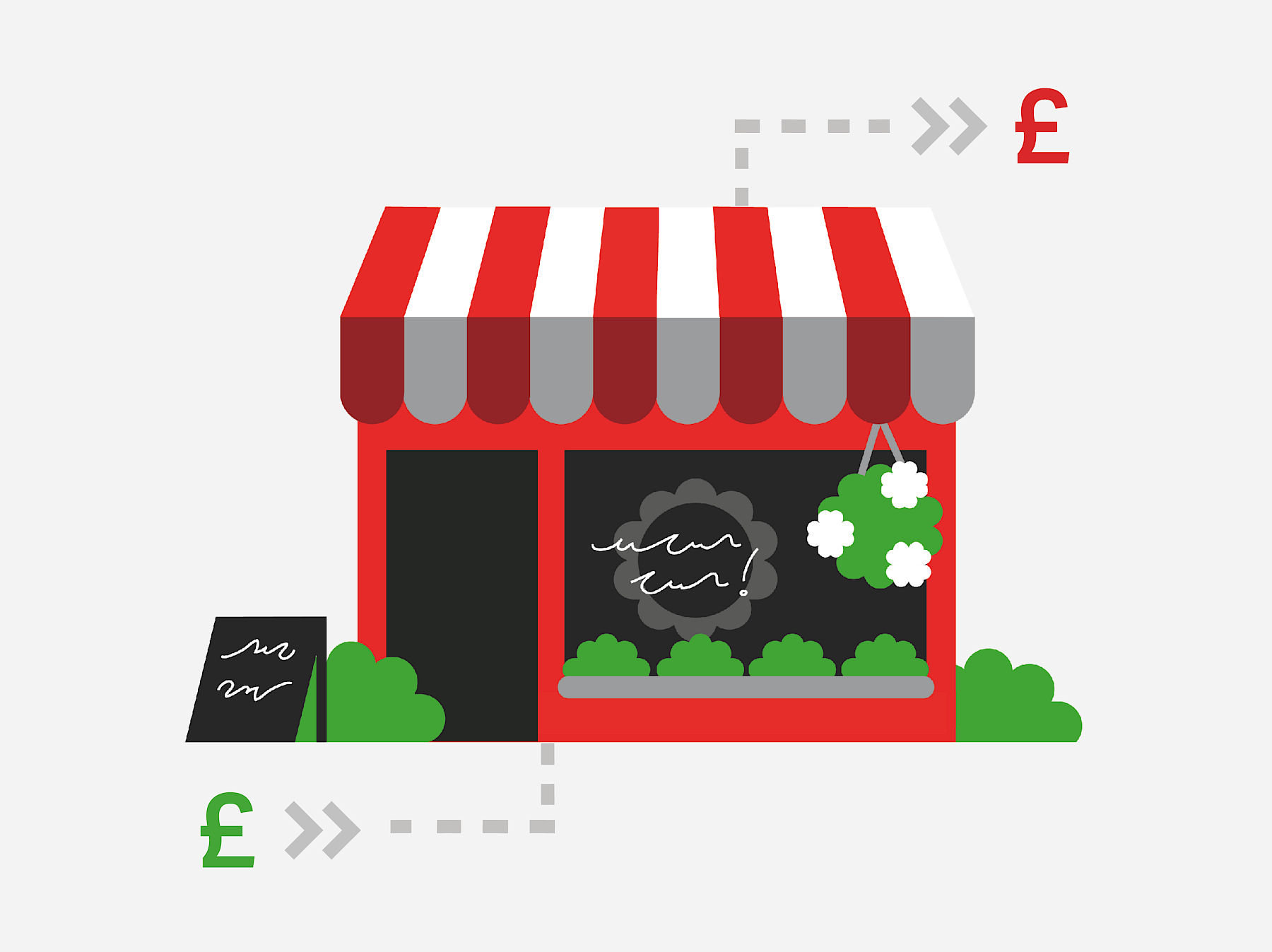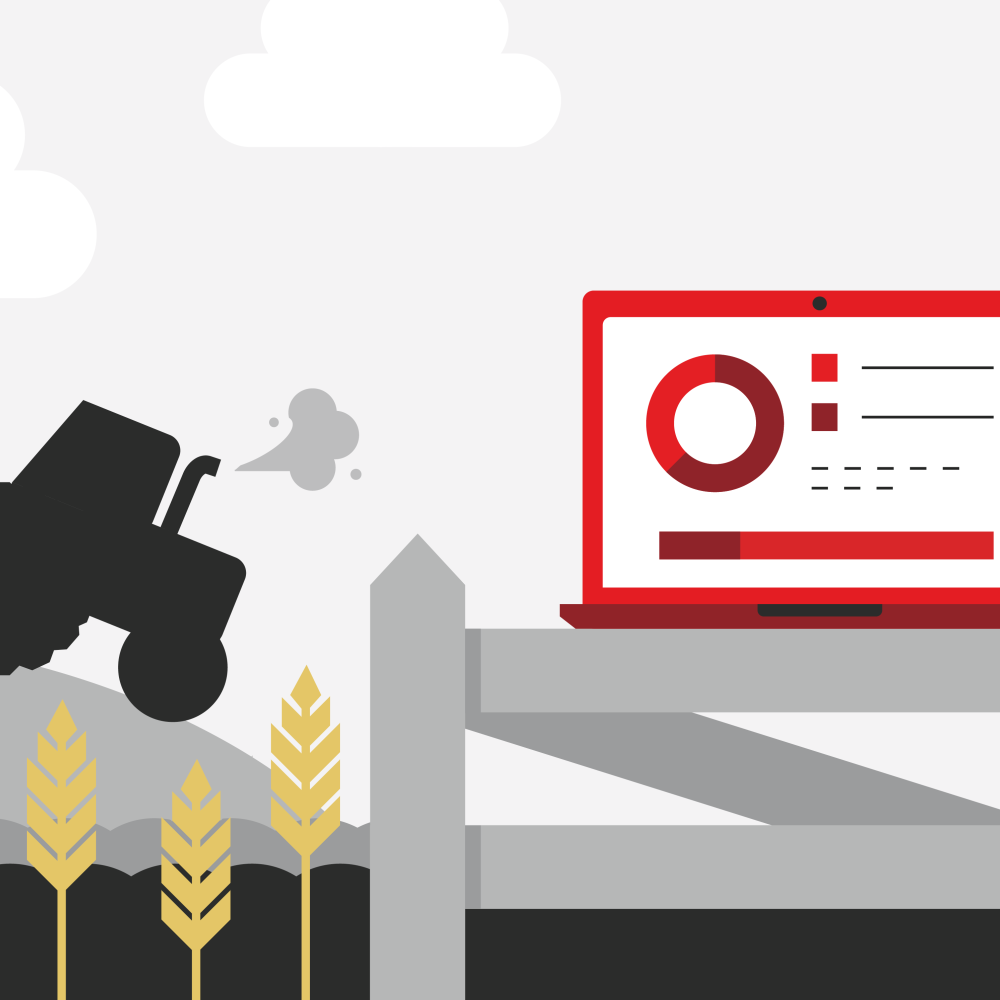Cashflow Management Tips for Small Businesses
26 August 2025 Reading time: 3 minutes

Maintaining a healthy cashflow can be the difference between a business that thrives and one that struggles to stay afloat. We know it’s not always straightforward, but taking a few deliberate steps can make a big difference - so grab yourself a coffee and a spare few minutes and let’s take a closer look on how we can improve your company cashflow.
Why Cashflow Management Matters
Think of your business like a busy airport. Planes landing is money coming in from sales, services, and other revenue streams, while planes taking off represent payments going out — salaries, suppliers, rent, taxes, and more. Your role? Air traffic controller. You need to keep the runways clear, make sure there’s enough fuel in the tanks, and anticipate busy periods so nothing gets delayed or stuck on the tarmac.
But just like smooth air traffic doesn’t guarantee a profitable airline (we’ve all had a bumpy budget flight or two) steady cashflow doesn’t automatically mean profit. Whilst cashflow shows the real-time movement of money flowing in and out of your business, profit refers to what’s left post deduction of costs (e.g., operational, taxes, etc). It’s easy to mistake your profit report as a representation of your business’s financial health, but neglecting cashflow risks missed payments, strained relationships, and reducing the overall growth potential of your business.
Seasonal Cashflow Challenges
Many businesses experience fluctuations in income throughout the year, which can create temporary cashflow pressures. For example, September can be a tricky month for companies preparing for Q4: while expenses continue as normal, revenue may be lower than average. These seasonal dips can make it harder to cover bills, payroll, and other short-term obligations.
To manage these fluctuations effectively, it’s important to:
- Plan ahead by forecasting expected income and expenses for slower periods.
- Build a cash buffer during high-revenue months to cover quieter periods.
- Consider short-term financing options if necessary, such as an overdraft or invoice financing.
By anticipating seasonal cashflow swings, businesses can maintain stability and ensure they’re ready for the busy months ahead.
Common Cashflow Mistakes
Cashflow problems often arise from simple missteps that are easy to overlook. Some of the most frequent issues include:
- Overestimating income or underestimating expenses – assuming revenue will be higher than it is, or costs lower, can leave a business short of cash.
- Poor invoicing processes – late billing, unclear payment terms, or slow follow-ups can delay payments and disrupt cashflow.
- Not setting aside funds for tax bills – unexpected tax liabilities can create sudden cash pressure if not planned for in advance.
- Excessive stock or asset purchases without a liquidity plan – tying up too much cash in inventory or equipment can reduce flexibility for day-to-day expenses.
By recognising and avoiding these common pitfalls, businesses can maintain healthier cashflow and reduce the risk of financial strain.
Practical Tips for Healthy Cashflow
Maintaining healthy cashflow requires proactive planning and regular monitoring. Here are some practical steps businesses can take:
- Forecasting – Create rolling 3–6 month cashflow forecasts to anticipate gaps and plan accordingly.
- Invoice quickly – Set clear payment terms and follow up promptly to ensure timely payments.
- Separate tax savings – Keep a dedicated account for VAT, PAYE, and income or corporation tax to avoid surprises.
- Control expenses – Regularly review subscriptions and renegotiate supplier contracts to free up cash.
- Plan for seasonality – Save surplus funds from busy periods to cover quieter months and smooth out cashflow.
By implementing these practices, businesses can reduce stress, avoid shortfalls, and maintain a more predictable financial position throughout the year.
Tools & Resources
Using the right tools can make managing cashflow much easier and more efficient.
- Accounting software – Platforms like Xero can automate cashflow forecasts, send payment reminders, and give real-time insight into your financial position.
- Integrated payment solutions – Connecting your accounting software with payment platforms helps speed up collections, track outstanding invoices, and reduce manual errors.
- Templates and checklists – Using ready-made cashflow templates or checklists helps businesses stay organised and on top of their finances. These resources provide structure, save time, and reduce the chance of missing important steps.
Leveraging these resources allows businesses to save time, reduce errors, and make more informed financial decisions.
Contact us today for more finance assistance




